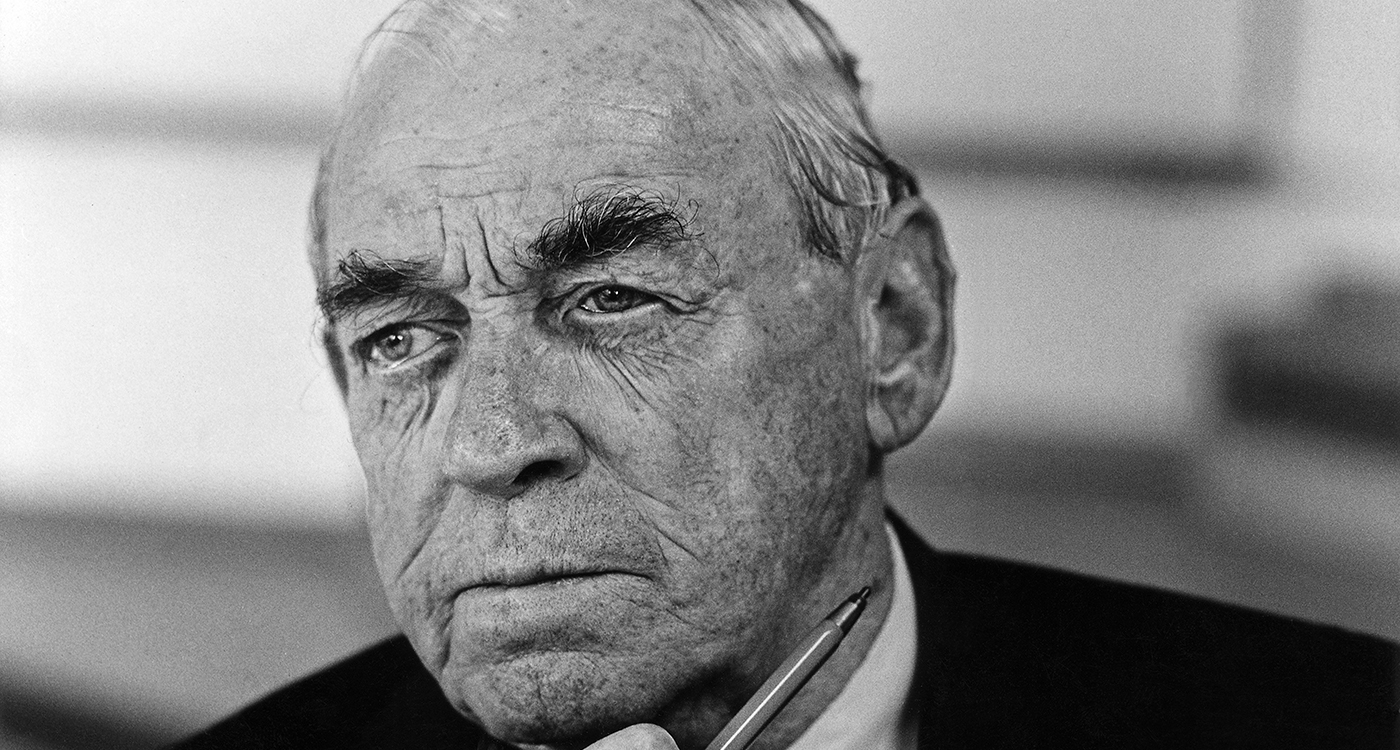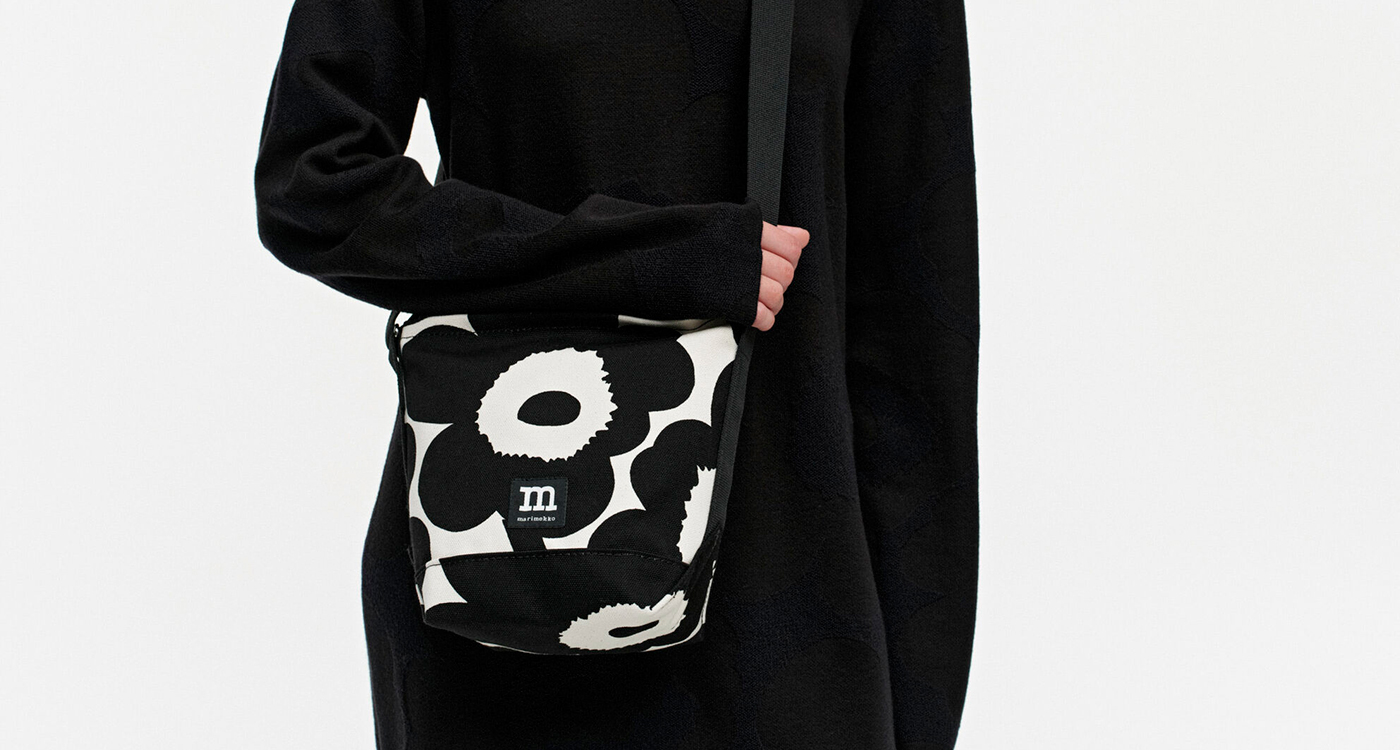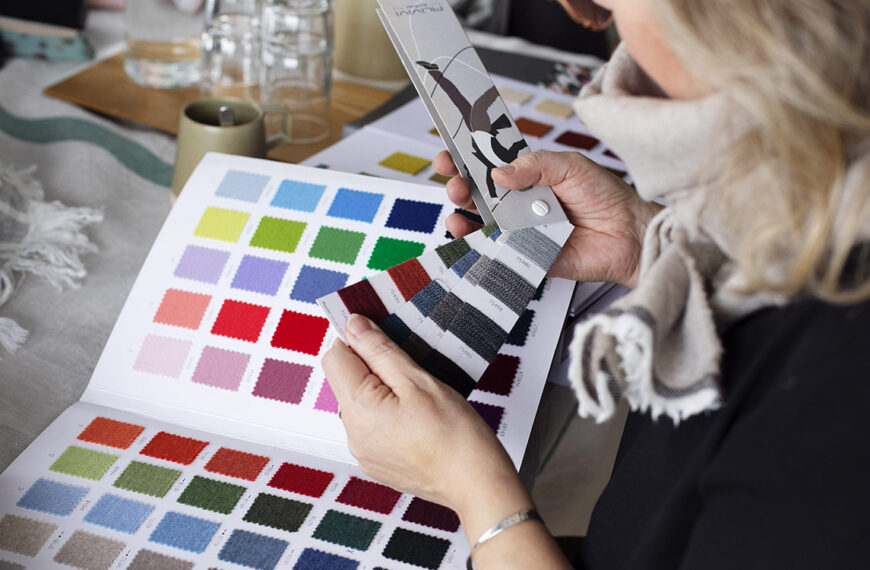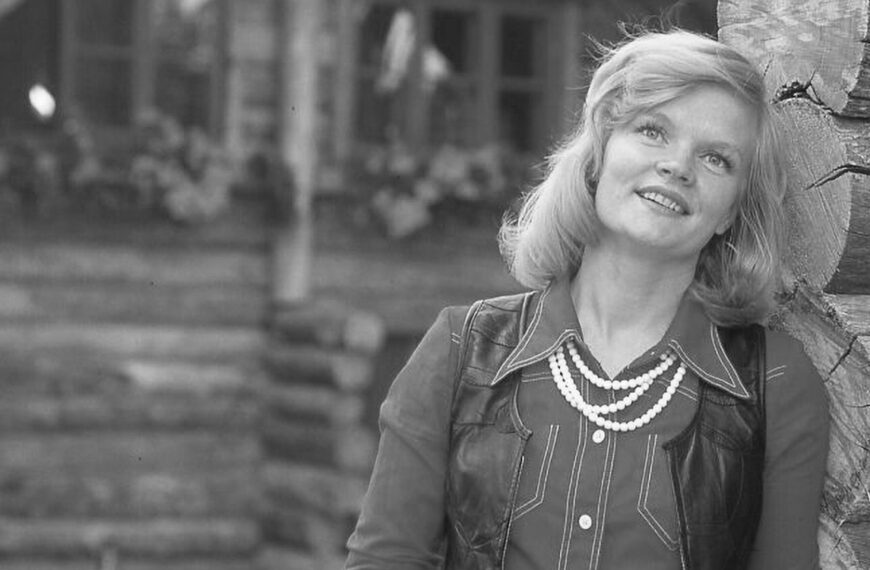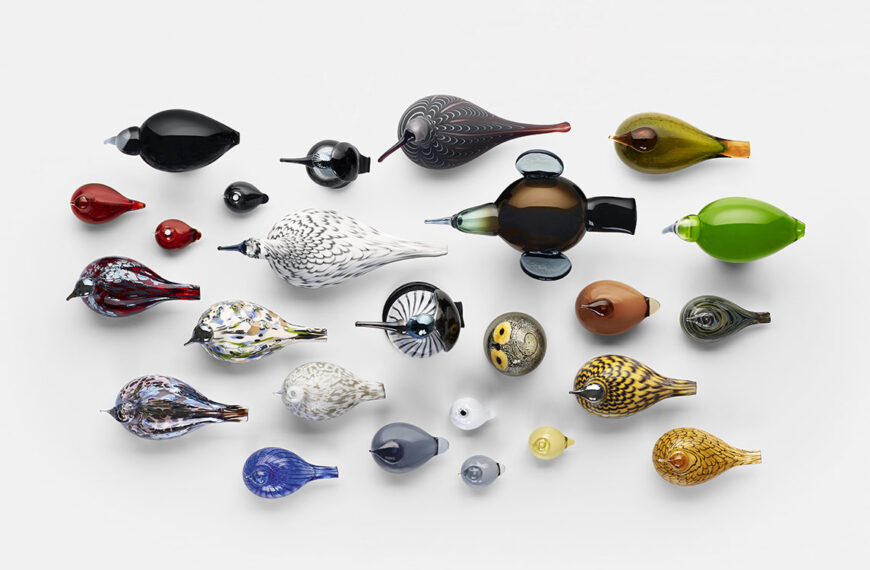Look up modernism and the name Alvar Aalto is bound to surface. As one of the founders of Artek and the name behind several internationally recognized designs, Aalto is synonymous with the modern movement. After graduating from the Helsinki Institute of Technology in 1921, Aalto opened his first architectural practice in Jyväskylä, Finland. It didn’t take long for him to make a breakthrough. Just eight years after graduating, Aalto’s name was amplified in the world of design with the Paimio Sanatorium.
The Paimio Sanatorium
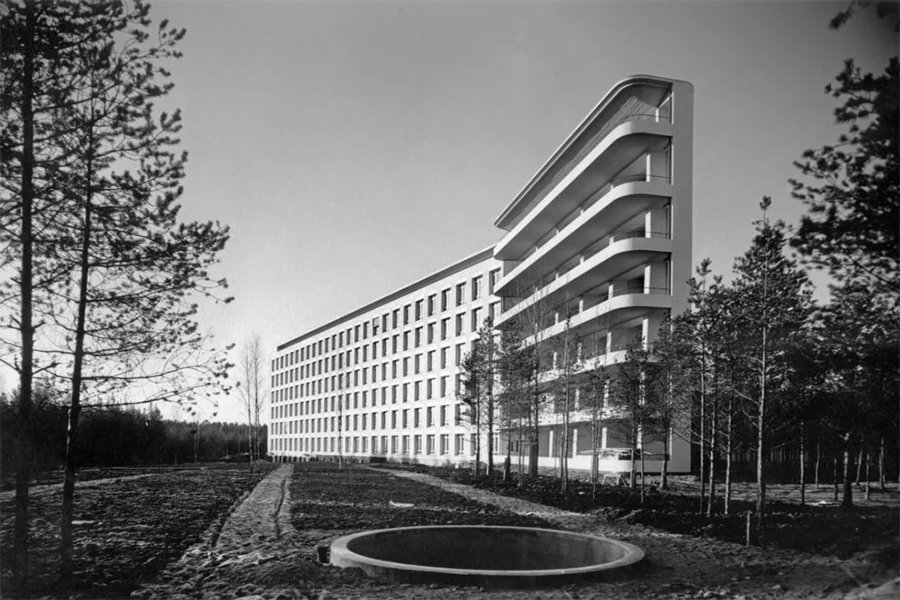
Considered a functionalist milestone, the Paimio Sanatorium was the first building Aalto designed that was furnished completely with his own factory-made furniture. The spread of tuberculosis in Finland prompted construction of several sanatoria throughout the country. The one to be located in Paimio called for a design competition where Aalto’s proposal placed first out of the 13 submitted entries. The layout of the buildings and the addition of sun balconies were considered a modern approach to architecture and put him ahead of the competition.
Paimio Scroll Chairs

Another noteworthy design from Aalto’s Paimio Sanatorium project was the Paimio Scroll Chair. It was used in the patients’ lounge and the angle was intended to help users breathe more easily. This chair is still being produced today and remains a timeless piece in Artek’s collection.
It was Aalto’s nature to treat each of his architecture endeavors as a blank canvas, right down to the furniture and light fixtures. It’s no surprise that his knack for modern design and great attention to detail eventually led to the conception of Artek. The company was founded in 1935 to promote the increased production and sales of Aalto’s furniture. During this time, he invented and used a cutting-edge method of bending birch wood. This led to several iconic designs including Stool 60, which I wrote about in an earlier post here. Aalto’s bentwood furniture designs greatly influenced American designers Charles and Ray Eames, as well as Eero Saarinen.
Aalto Vases
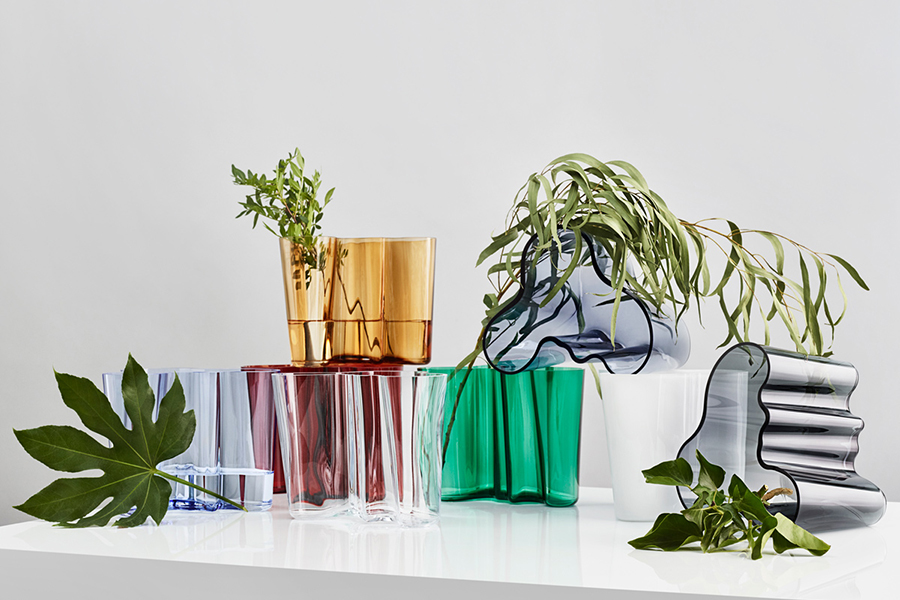
His interest in design expanded into glass where he also excelled. Aalto entered the Karhula-iittala Glassware Design Competition and won with his organic design of the now iconic Aalto Vase (Savoy vase). It was presented at the Paris World Fair in 1937 and became an instant international sensation.
Finlandia Hall
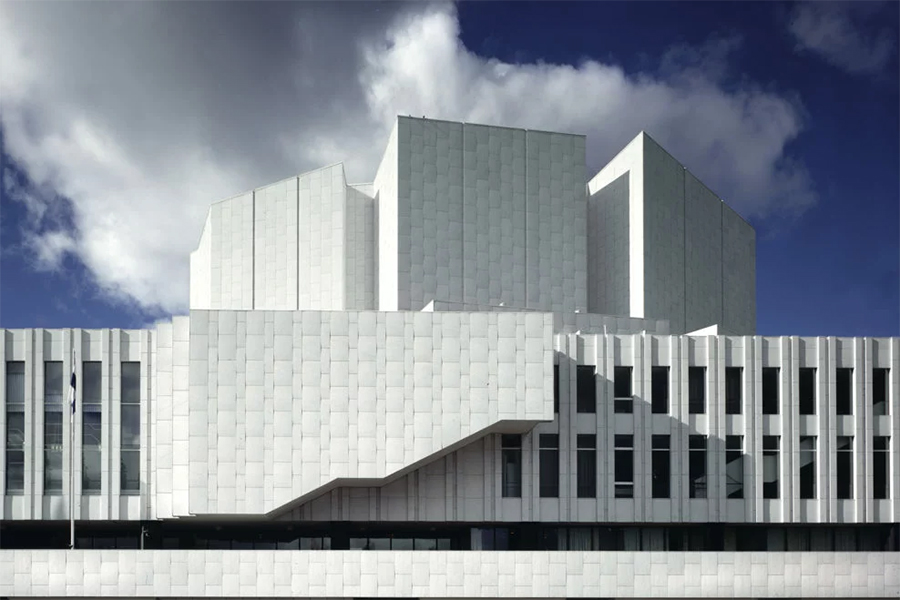
In Aalto’s later years, he mostly focused on designing public and private buildings abroad including the renowned Finlandia Hall in Helsinki, Finland, as well as the Baker House at Massachusetts Institute of Technology. Aalto’s contributions to architecture and design are undoubtedly extraordinary and influential. Whether we reflect on his work or look at the future of design, Aalto’s work will certainly remain intact.

